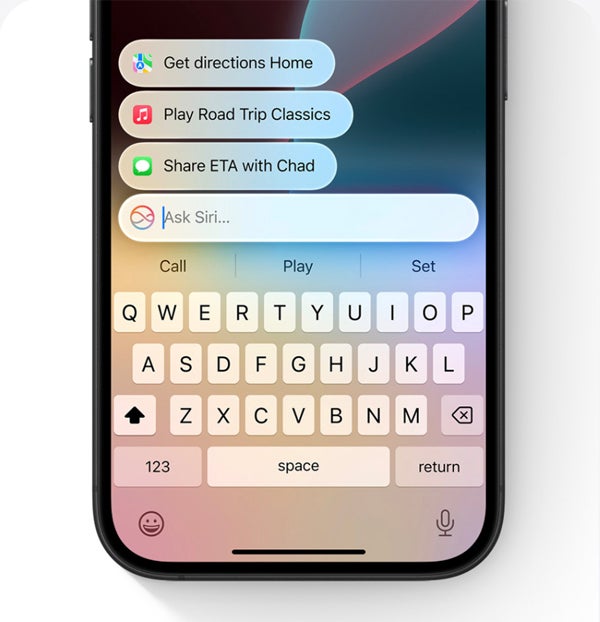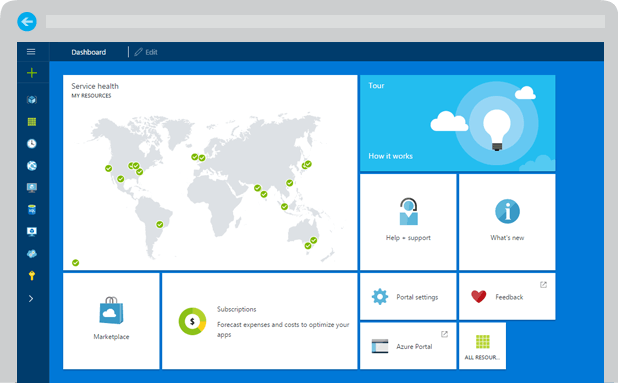Australian Companies Focus on Growth for Tech Spending
The 2024 Datacom Annual Cloud Report, produced in collaboration with analyst firm Tech Research Asia, highlights some significant shifts in how Australian companies are approaching technology investments. Faced with economic uncertainties and operational pressures, organisations are becoming increasingly conservative with their tech spending — although they are still investing. IDC research projects that the ANZ IT market will grow from U.S. $75.7 billion in 2023 to U.S. $106.4 billion by 2028. However, spending priorities are becoming more focused on finding the paths of least resistance to fuel growth. Rather than investing in complex innovation or advanced technologies such as AI, companies are aiming to achieve growth through more foundational transformation and areas such as cloud. Conservative spending and changing priorities Datacom’s research indicates that Australian businesses are taking a more selective approach to technology spending, reflecting a “circling-the-wagons” mindset. With the focus on risk management and operational resilience, the emphasis is shifting toward finding low-cost growth opportunities. Mike Walls, Datacom’s director of Cloud for ANZ, said in an interview with TechRepublic that cloud is emerging as a key part of this strategy. “Modernising technology that leverages cloud is a strategy organisations are using to drive cost efficiency while enabling the growth of new digital experiences,” he said. Datacom’s research shows that just 33% of Australian organisations have an official hybrid cloud strategy, indicating that part of the focus being placed on cloud also has to do with “catching up” to best practices. “Cloud environments pose complex challenges in terms of systems migration, governance, provisioning, compliance, and ultimately cost,” Walls said. “This is why we are seeing our customers looking for a more nuanced approach to managing workloads on cloud platforms; while their organisations become more familiar with the behaviour of applications and data in cloud environments.” SEE: Year-round IT budget template (TechRepublic Premium) Cloud spending in, innovation out While spending and interest in cloud technologies suggest efforts toward cost management, this focus appears to be stifling innovation, with Australian businesses showing particularly discouraging trends. Earlier this year, Australian Bureau of Statistics research found that a third of Australian businesses do not invest in innovation. This was attributed principally to a lack of available funds to dedicate to that spending, as well as a lack of skills. These findings were further supported in October, when Ed Husic, the Australian government’s science and industry minister, said Australian R&D — a key indicator for innovation — is in a “sorry state.” He referenced a report on innovation spending from the Department of Industry, Science and Resources revealing that “access to funds has overtaken cost and lack of access to skills as the main barrier for business investment.” More Australia coverage A danger of being left behind The looming risk to these shifting priorities is that Australian organisations will be left behind at a time where across much of the rest of the world the focus is on innovation. As the Datacom report indicates, the investments that organisations are making would help companies achieve the platforms that could support innovation, which could open the door to invest in AI. “Our data points to investment in the modernisation of IT platforms to enable better growth, experiences, and security,” Walls said. “In this environment, the door is wide open for innovation and new ways of generating efficiencies that are best delivered by well-informed tech investment.” Cybersecurity is also high on the agenda, with companies investing heavily in managed security services. However, the report suggests that while security is recognised as a priority, budgets and strategies still lag when it comes to innovating with cybersecurity — particularly in areas such as AI security and cloud security frameworks. This gap highlights potential vulnerabilities that could be exploited if not addressed through comprehensive planning. Overall, the big concern is that while Australian organisations are investing in or have the potential to embrace innovation, the unwillingness or lack of resources to take that step is leaving companies, particularly smaller ones, behind. Cisco’s AI Readiness Index, published in early 2024, found that only 5% of Australian businesses were fully prepared and equipped to leverage AI, compared with the regional average of 17%. Datacom’s data suggest that the reputation that many Australian organisations share of being “laggards” with innovation isn’t going to correct course with the current set of priorities. Some improvements to the skills challenge On the positive side, the reduced concern about skills shortages among Australian organisations is encouraging, as these gaps have long been an impediment to innovation. As Walls pointed out, the latest data from Jobs and Skills Australia shows that 33% of all occupations had skill shortages in 2024, a drop from 2023 (36%). These findings help explain why Datacom’s data shows an easing of concern around recruitment and skills among organisations. However, that’s not to say the challenge has abated, either, Walls added. “The data marks a more defined move away from the operational impacts of the COVID years, where an internalised focus was vital for navigating such a challenging operational environment,” he said. “The fact Australian organisations have identified recruiting and retaining skilled staff as a top five challenge in this year’s report would suggest that skills shortages in key areas persist, even if the overall trend is easing.” How to achieve growth without neglecting innovation For long-term success, Australian businesses should not neglect innovation, even if there are opportunities to achieve growth with relatively conservative investment. This can be achieved in several ways: 1. Leverage data-driven decision makingOne of the benefits of moving to the cloud is an enhanced ability to leverage data for analytics. This capability should be used to identify which areas of the business would most benefit from a more substantial investment into innovation. 2. Adopt a hybrid innovation modelThe investment into innovation doesn’t need to be all-or-nothing. Allocate a percentage of the budget toward small, experimental innovation projects. And when some of them start to prove themselves, scale in kind 3. Participate in government, industry initiativesThe Australian government is heavily
Australian Companies Focus on Growth for Tech Spending Read More »













